Weight
1.2 kg
Size
16 × 23 cm
Pages
496
Publishing date
November 2016
Published by
Lynx Edicions
Description
The first ornithological field guide covering the vast chain of the Indonesian archipelago, with over 2,500 illustrations, describes all 1,417 bird species known to occur in the region, including 601 endemics, 98 vagrants, eight introduced species and 18 species yet to be formally described. Together these represent over 13% of global bird diversity. In addition, all subspecies from the region are described.
The guide fully encompasses the biogeographic regions of the Greater Sundas (Sumatra, Borneo, Java and Bali) and Wallacea (Sulawesi, the Moluccas and the Lesser Sundas), plus all satellite islands. This region spans an arc of over 4,000 km along the Equator, including Brunei, East Timor, the Malaysian states of Sabah and Sarawak and most of the territory of the Republic of Indonesia.
The authors’ vast experience and knowledge of the region’s birds brings together the latest taxonomic insights, knowledge of distribution, field identification features, vocalisations and more to create an indispensable reference for anyone with an interest in the avifauna of this fabulously diverse region.
- 1,417 species, 601 endemics, 98 vagrants, 8 introduced and 18 undescribed species.
- More than 2,500 illustrations and more than 1,300 distribution maps.
👉 A NEW EDITION is now available!
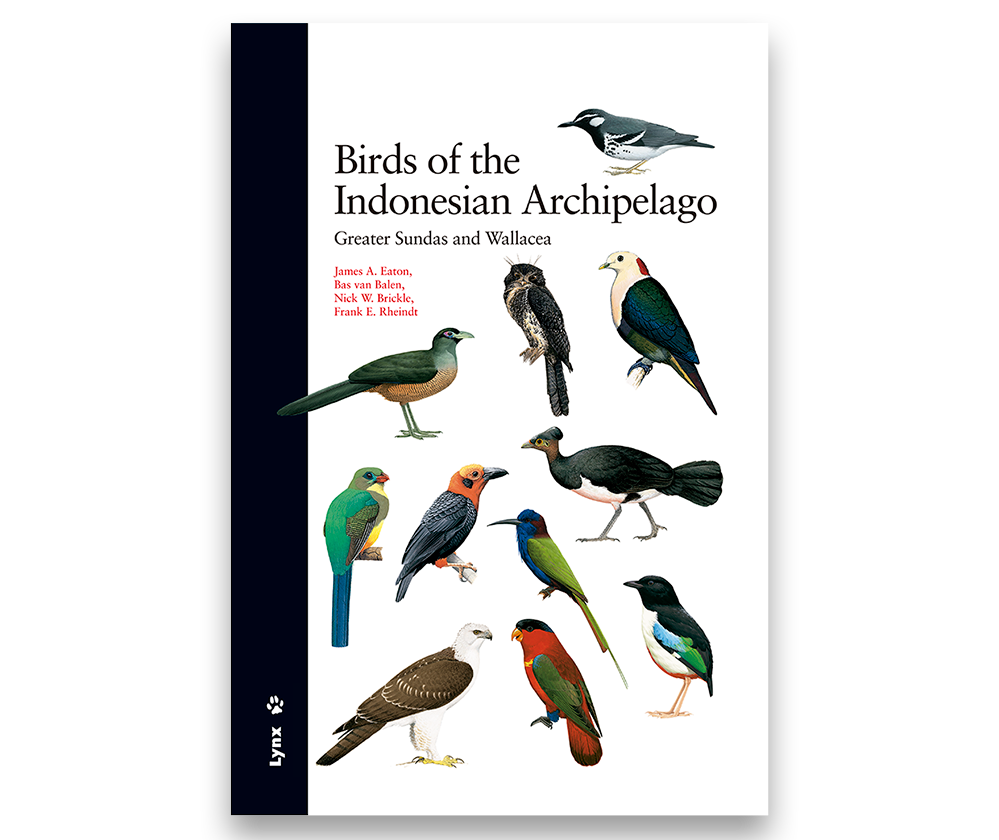
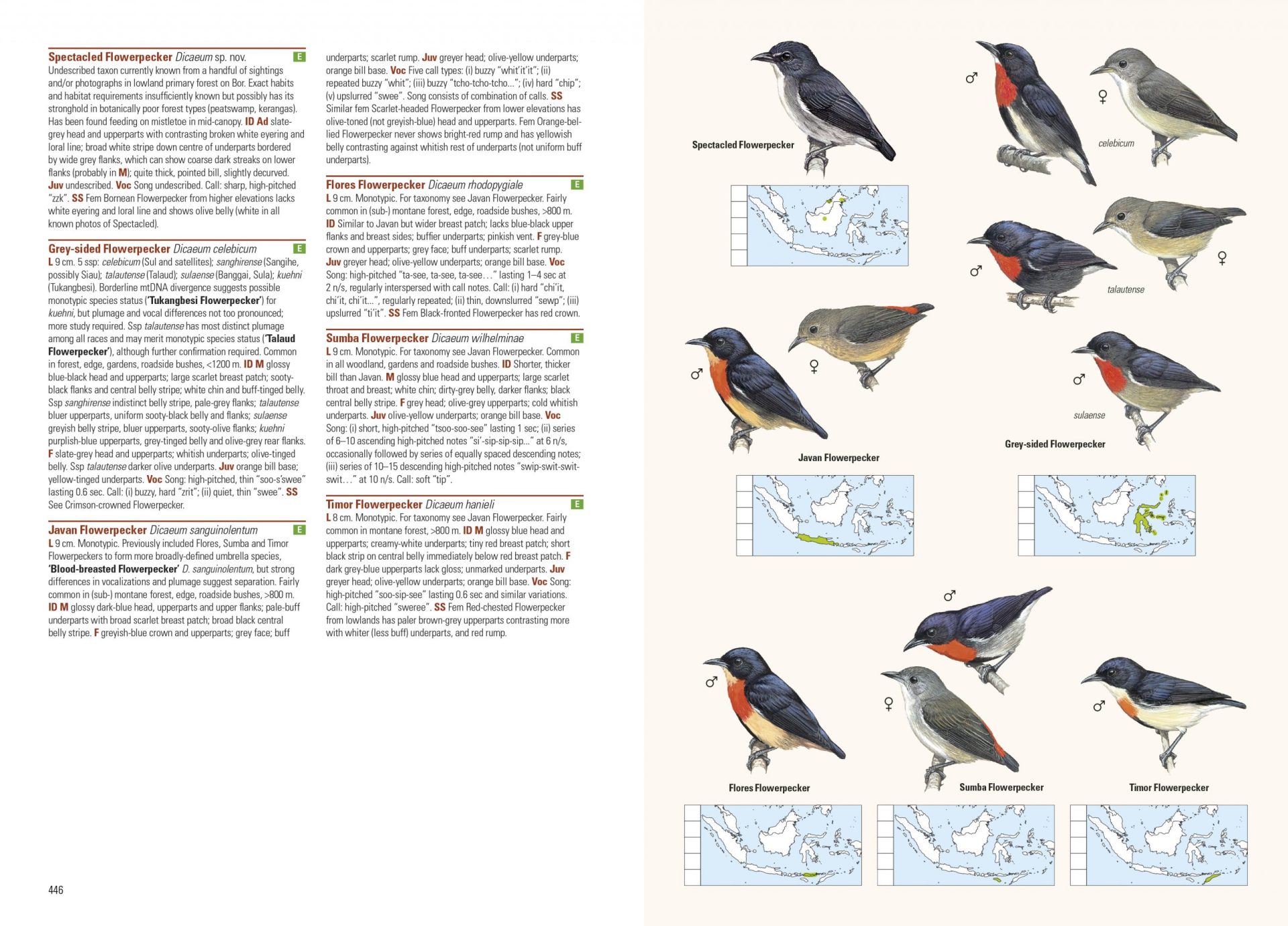
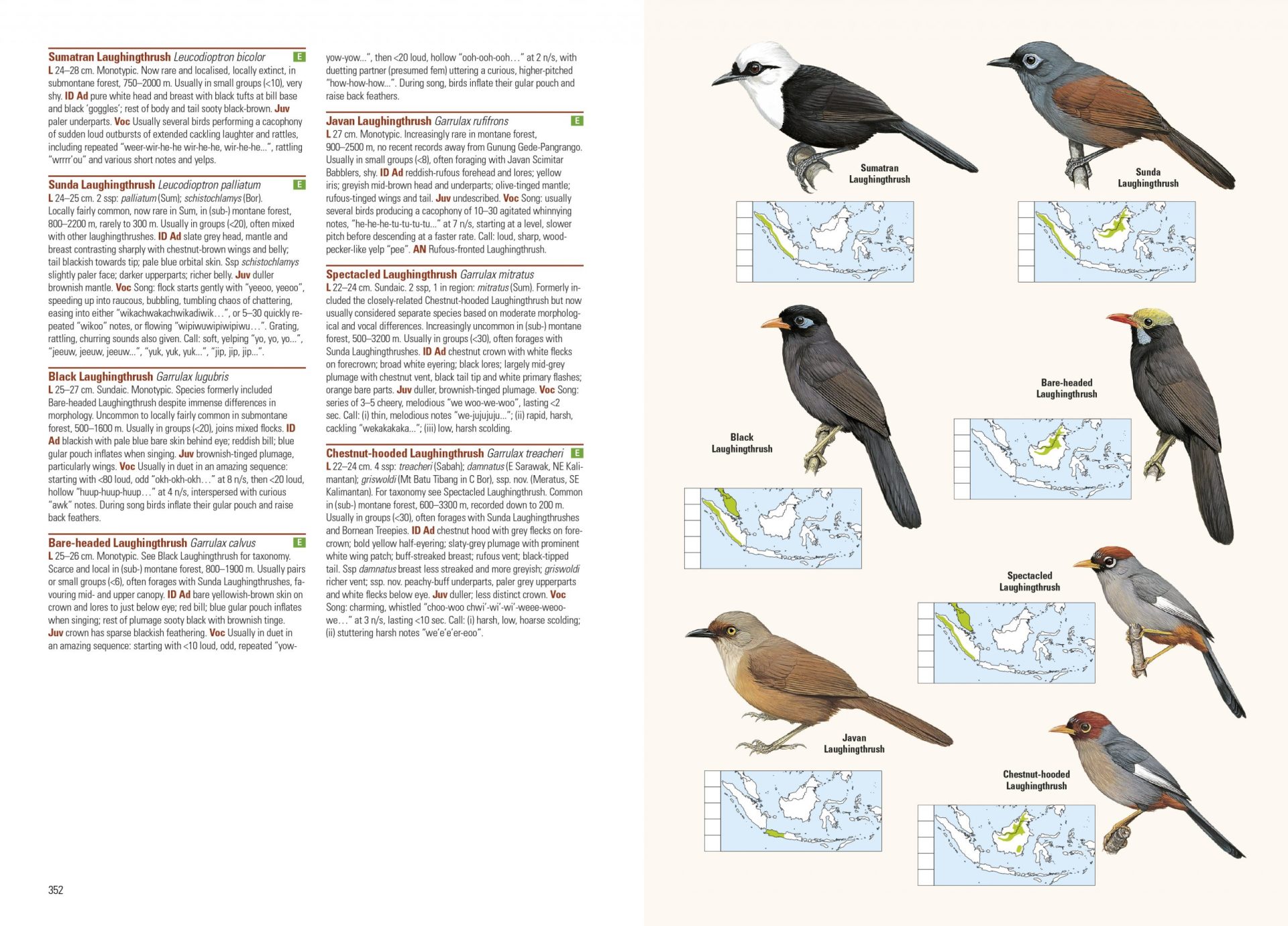
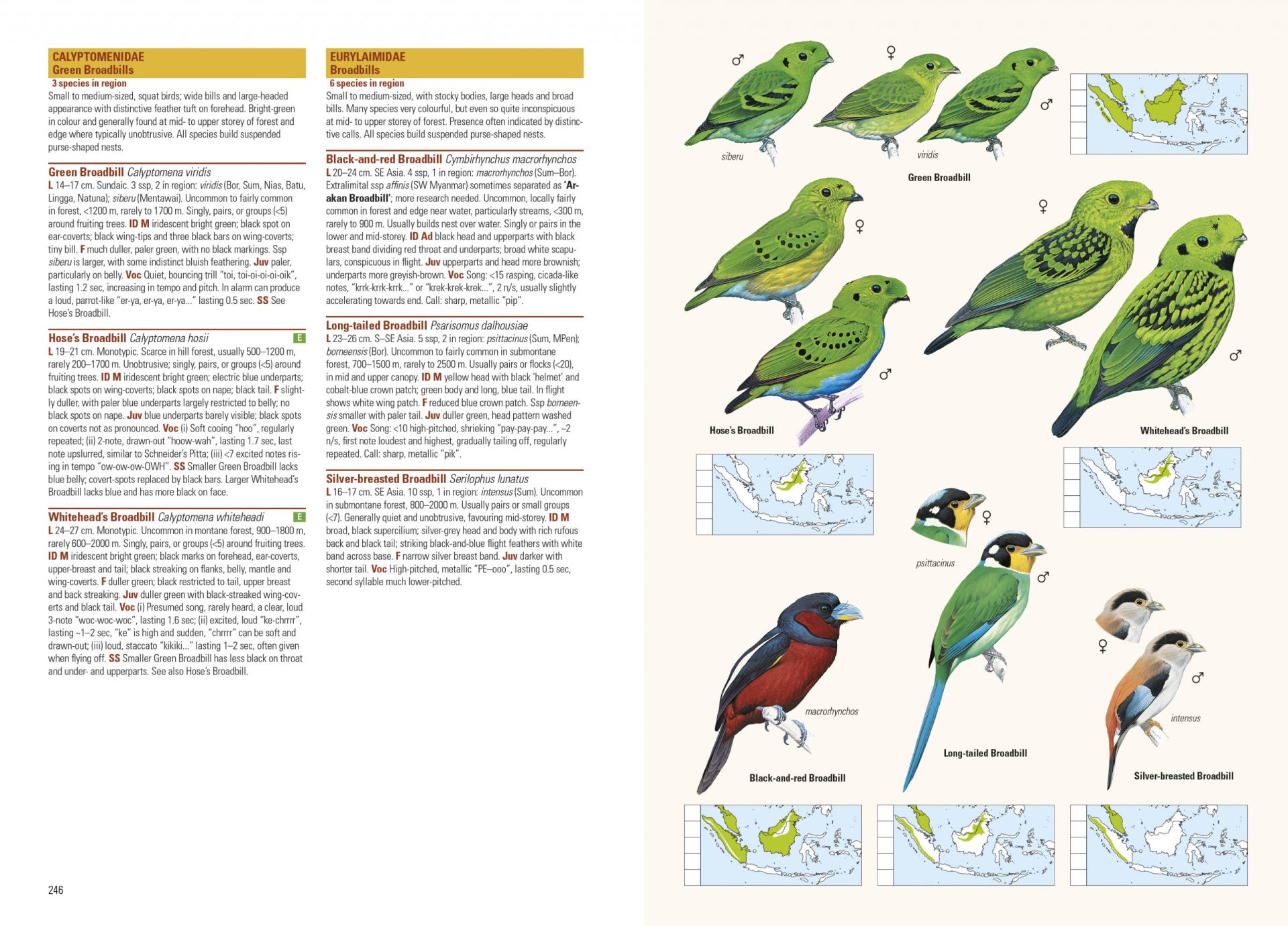


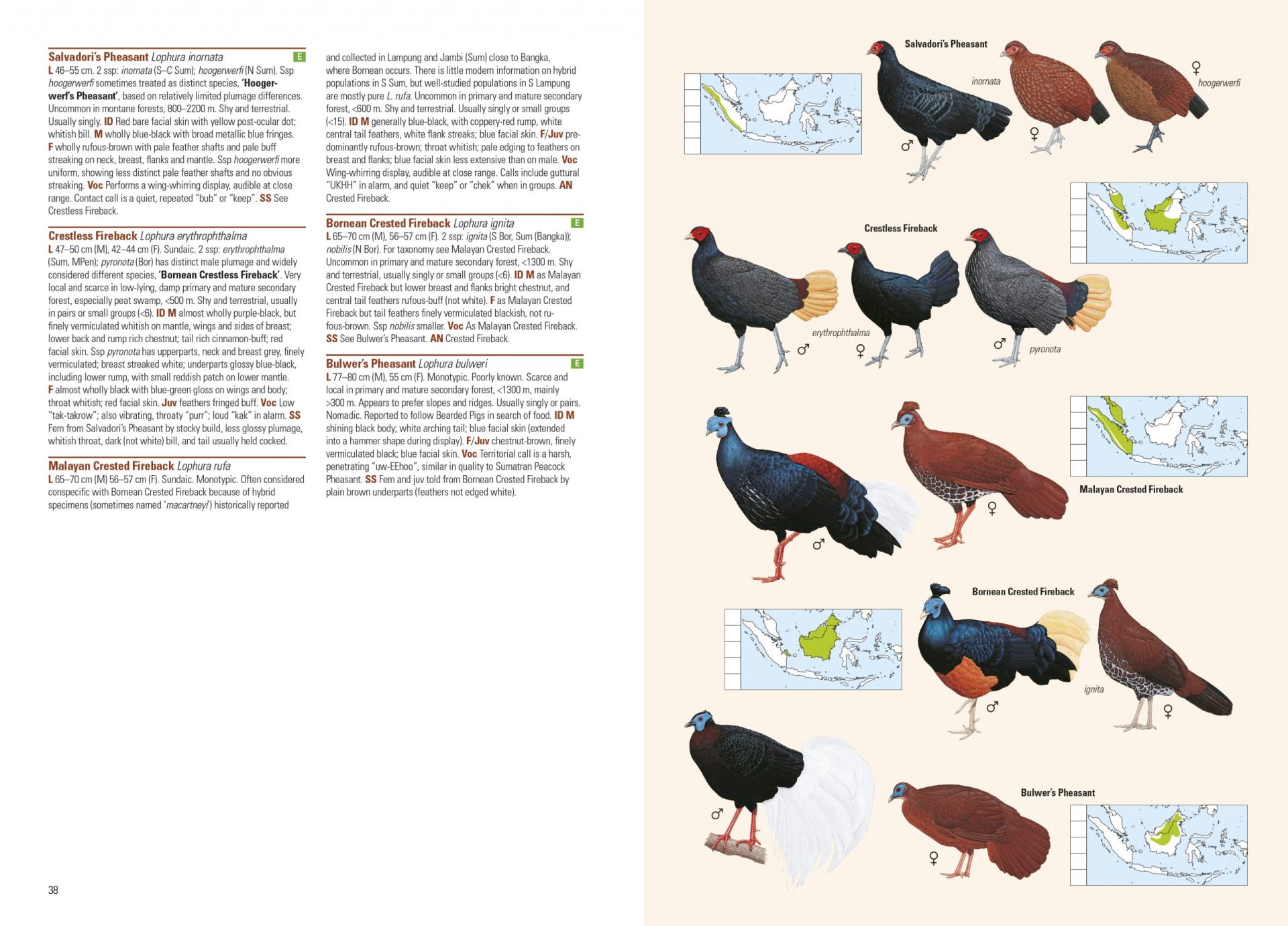
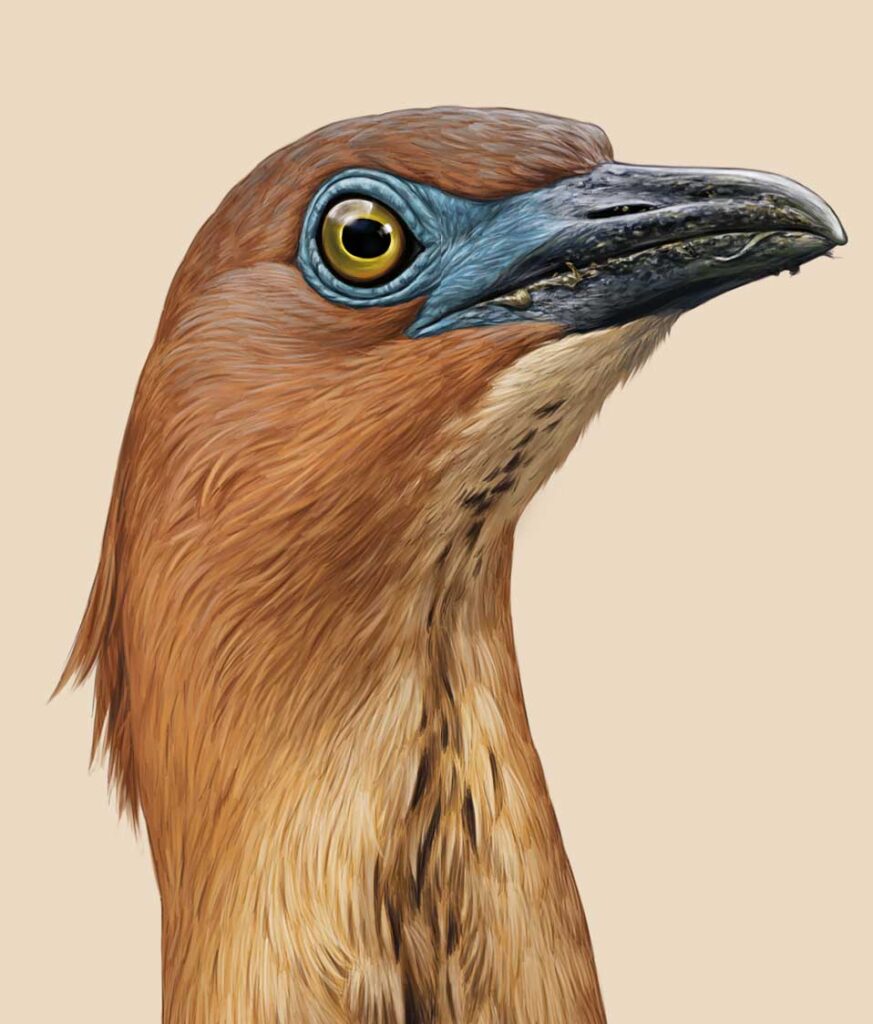
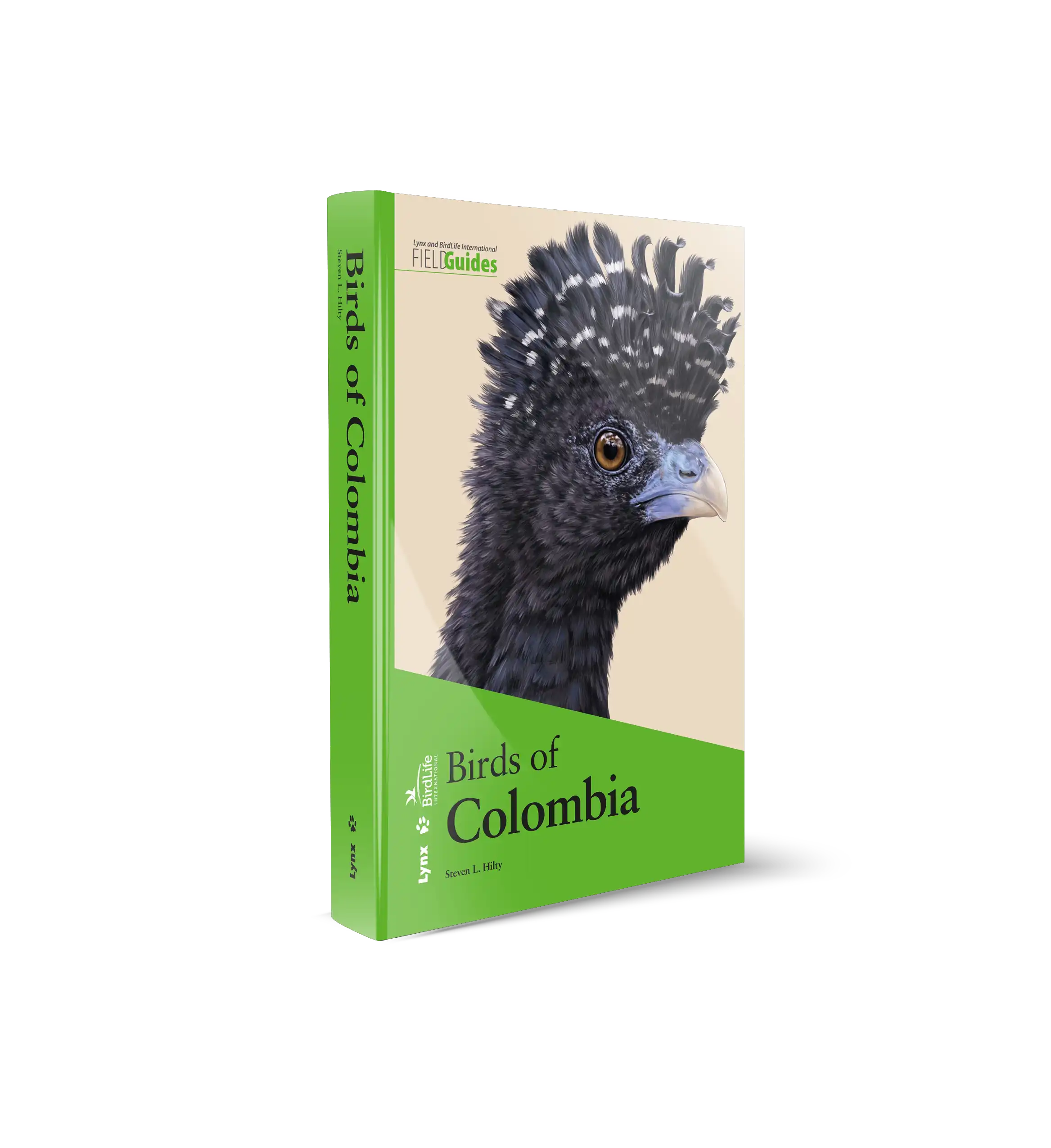
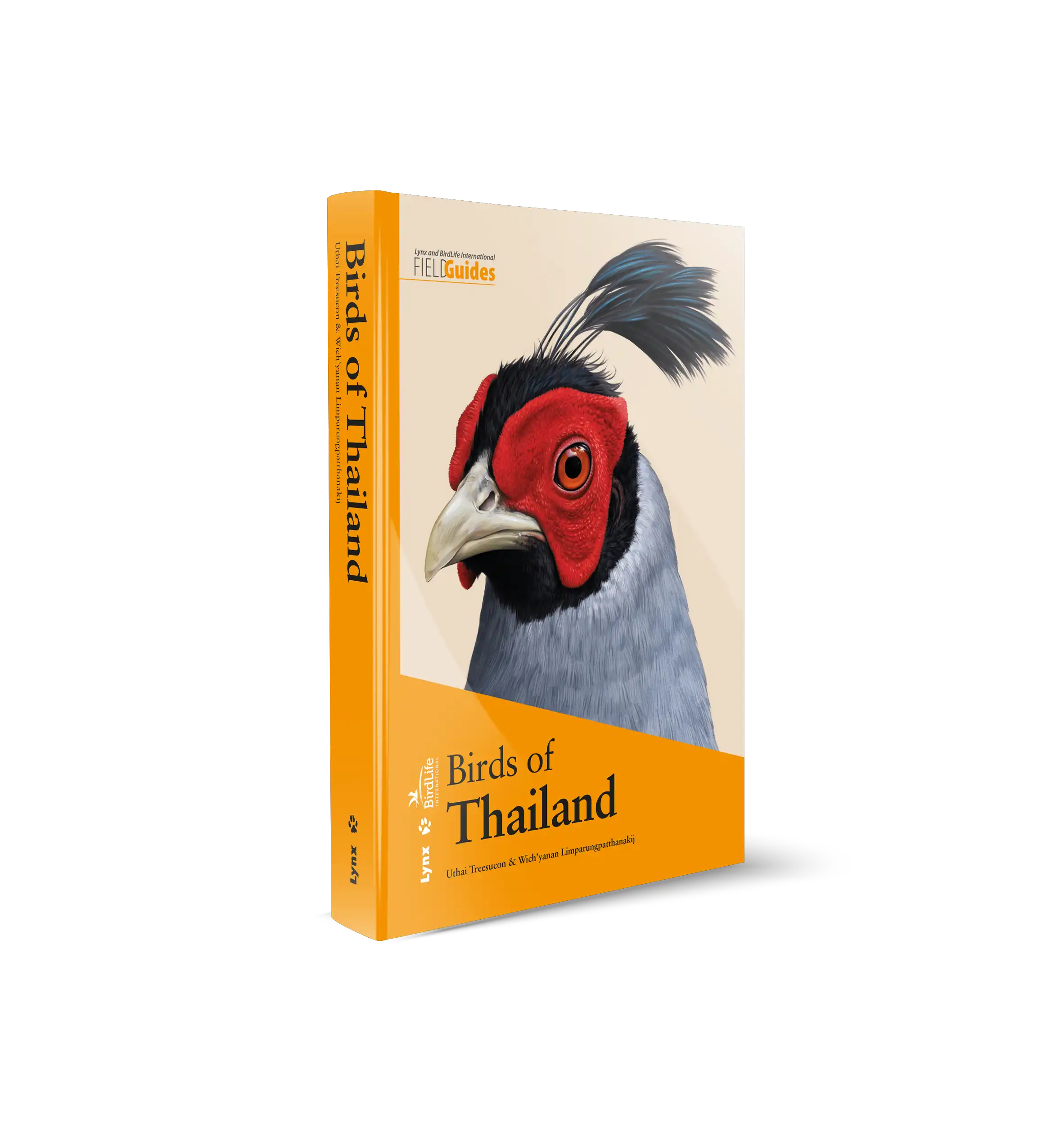
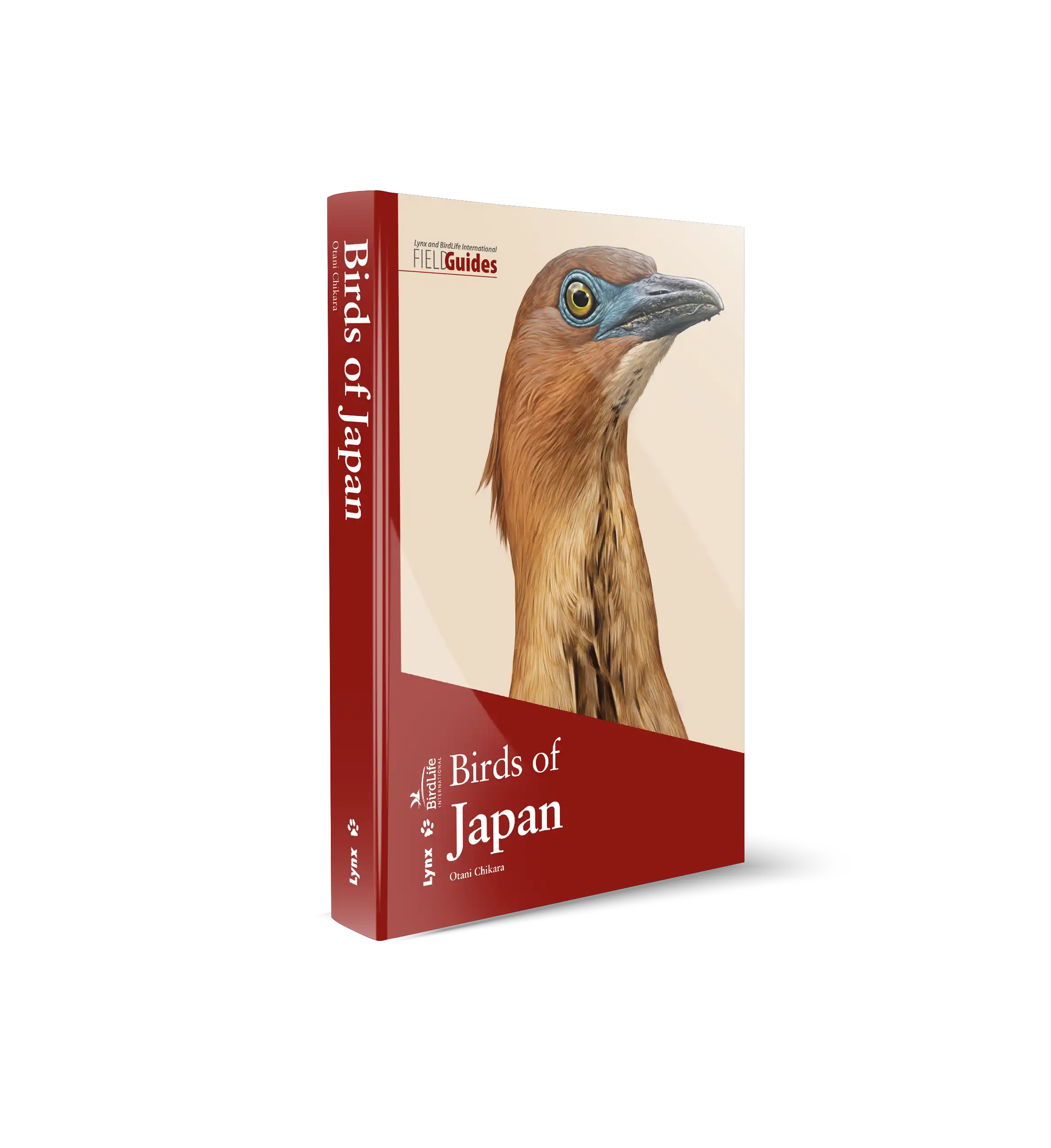








 Copyright 2025 © Lynx Nature Books
Copyright 2025 © Lynx Nature Books
Gehan de Silva Wijeyeratne –
I first visited the Indonesian archipelago a few decades ago as student backpacker, but a confirmed birder even at that stage. There was no suitable single field guide to the birds of Indonesia then. Ben King’s ‘A Field Guide to the Birds of South-East Asia’ published in the 1970s was an alternative of sorts. On a later visit I used ‘A Field Guide to Birds of Borneo, Sumatra, Java and Bali’ by John MacKinnon and Karen Phillips. First published in 1993, this was a step change. But its 88 colour plates illustrating more than 800 species still fell very short of covering the Indonesian archipelago.
‘A Guide to the Birds of Wallacea: Sulawesi, the Moluccas and Lesser Sunda Islands’ by Brian Coates and K.D. Bishop in 1997 extended the coverage. I have had all of these books in my collection and the ‘MacKinnon’ with its plates annotated with dates and place names of when I first saw an Indonesian bird still brings back fond memories of my earlier trips. ‘Birds of the Indonesian Archipelago. Greater Sundas and Wallacea’ published in 2016 by Lynx Edicions, covering all 1,417 species including 601 endemics, finally makes available a comprehensive, single field guide to the vast and sprawling Indonesian archipelago. It is a 4,000km arc from Sumatra on the west to just to the east of the great island of New Guinea and extending north to encompass a cluster of islands including Sulawesi, Halmahera, Buru and Seram. To be clear, the reference to the ‘Indonesian Archipelago’ here is a reference to what is meant geographically. It does not cover West Papua, the western part of New Guinea which is under the political administration of Indonesia. The whole of New Guinea is covered in a sister title by Lynx Edicions, ‘Birds of New Guinea. Including Bismarck Archipelago and Bougainvile’ by Phil Gregory.
This book draws on the strengths of the completed epic series, the Handbook of the Birds of the World by Lynx Edicions. As a result there is a superb collection of plates drawn by some of the finest bird artists in the world. From the acknowledgements we learn that some species were redrawn at the request of the team of four authors, James A. Eaton: Bas van Balen, Nick W. Brickle and Frank E. Rheindt. Anyone who has subscribed to a variety of ornithological journals will appreciate this is a star cast of authors who between them combine a formidable number of ornithological papers. In the 19th century, biological explorers including the famous Alfred Russel Wallace funded their expeditions through collecting specimens for wealthy clients. A modern equivalent I have noticed is that from the late 20th century to the present, field scientists from marine biologists to ornithologists fund their expeditions through leading wildlife tours. I have always admired how James Eaton manages this business model whilst managing to have papers in almost every issue of Forktail or Birding Asia, two of the publications of the UK based Oriental Bird Club.
The species are arranged on evolutionary relationships based on molecular phylogenetics and unlike older texts, in this field guide there are frequent references to molecular work. The bulk of the book is made up of the species accounts (pages 26 -472). The species accounts follow a standard format with measurements and distribution followed by descriptions of the plumage of adults and subspecies. Voice, which has become important together with molecular work in splitting species is notably strong. The text is generously long where detailed accounts of distinct subspecies are involved such as with the Black-headed Bulbul Microtarus atriceps and Oriental Magpie-robin Copsychus saularis. The families are demarcated by thumbnail introductions which list the number of species in the region. The plates helpfully have the distribution map next to the species which is functionally useful.
Distressingly we learn that many song birds such the Oriental Magpie-robin have been extirpated from vast areas of their range by trapping. Lately, the horrors of song birds being removed from Asian forests and being treated like cut flowers, have been exposed. When they die from starvation, they are replaced with freshly captured birds. I hope the real legacy of this book is not merely to make birding easier for overseas birders, but to impart the knowledge to local birders who will generate local language guides which will shift cultural attitudes towards watching birds and away from keeping caged birds.
The inside front cover and inside back cover pages are used to stretch out a map of the region which is deliberately simple with just the names of the islands. It is very helpful to have this in the book itself without having to look it up elsewhere. The end sections have a selected bibliography of nearly 6 pages and an index. The introduction (pages 9 -22) has four informative essays which are individually acknowledged. The first is on Earth History and Biogeography and is a very useful account for anyone with an interest in any faunal or flora group in the region. The text together with a combined bathymetric and topographic map explains how at times of sea level falls during glacial maxima, a Sundaic subcontinent was formed linking many of the islands to South-East Asia. When reading books on the fauna of Thailand and Peninsular Malaysia, there will references to the fauna having affinities with the Sundas, for exactly this reason. This essay covers topics such as Wallace’s Line, The Greater Sundas, The Sulawesi Region, The Lesser Sunda Islands and The Moluccas and is recommended reading for anyone with an interest in natural history, visiting the region. This essay will be of particular interest to world listers as it has important pointers ‘…..Both Buru and Seram have an amazing array of montane endemics…’. Arguably, more importantly, it also provides a signpost to where local conservationists should channel their efforts.
The other essays cover ‘Topography, Climate and Habitats’, ‘Conservation’, ‘Ornithological History’ which is source of inspiration, with the final essay on ‘Taxonomy and Systematics’. Birders will of course relish this essay which addresses topics such as whether to split or not to split, species concept wars and explains why English names may need to change as Raffles’s Malkoha Rhinortha chlorophaea is now a Rhinortha and not a Malkoha. There is no doubt that this book is a huge advance in the field guide literature for the region.